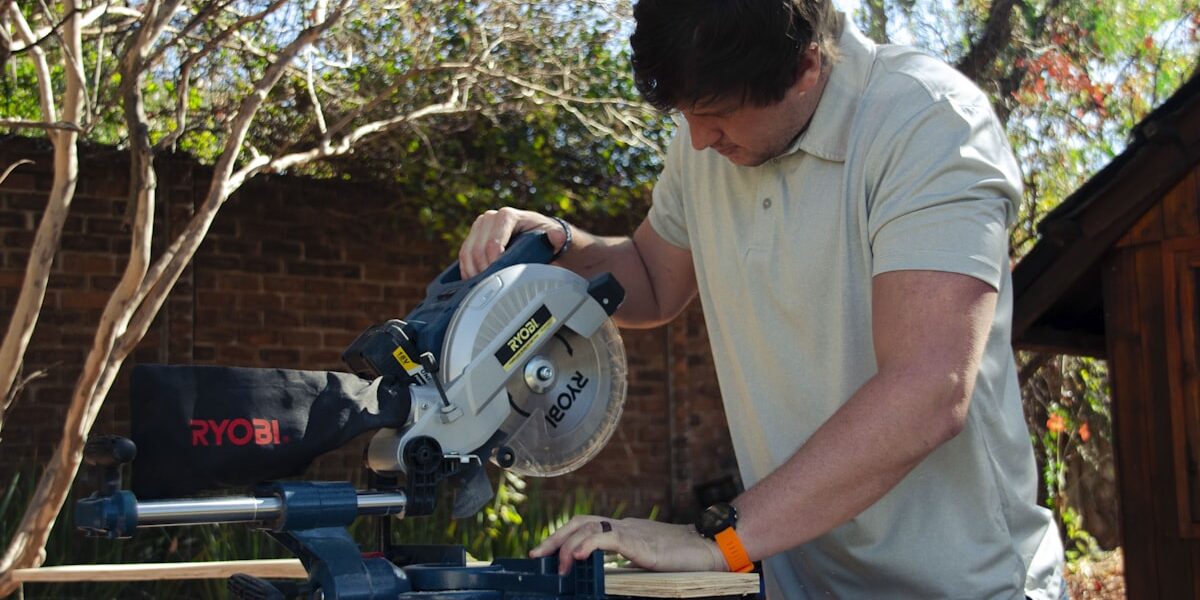Best Contour Gauge: An Essential Tool for Precision and Efficiency
Precision in replicating shapes and profiles requires the right tools. The contour gauge, also known as a profile gauge, is one such tool. It’s essential for tasks like woodworking, tiling, and fitting flooring around irregular shapes. This tool helps you capture the exact shape of surfaces, ensuring accurate cuts and fits.
Understanding Contour Gauges
A contour gauge consists of a series of thin metal or plastic pins aligned side by side. When pressed against an object, the pins push back, forming the shape of the object’s contour. This shape can then be transferred onto another surface for cutting or measurement.
How It Works
Using a contour gauge is simple. Press the tool against the shape you want to copy. The pins slide back and form the shape of the object. Remove the gauge carefully and trace the shape onto your working material. This way, you get an accurate outline without complex measurements or guesswork.
Applications

- Woodworking: Create precise cuts around irregular shapes like trim or moldings.
- Tiling: Ensure tiles fit perfectly around fixtures or in corners.
- Flooring: Cut materials to fit around complex shapes, like door jams or baseboards.
- Auto Repair: Replicate parts of car body panels for repairs or custom fabrications.
Features to Consider
Material
Contour gauges are typically made from plastic or metal. Plastic gauges are lightweight and affordable. They are suitable for most light to medium-duty tasks. Metal gauges, usually made from stainless steel, offer higher durability and precision. They are ideal for heavy-duty jobs or professional use.
Width

The width of the gauge dictates how large a contour it can measure. Standard gauges range from 5 to 20 inches in width. For small projects, a 5-inch gauge is generally sufficient. Larger projects, like flooring or extensive woodworking, benefit from wider gauges.
Pin Depth
Pin depth is crucial for capturing deep or intricate profiles. Deeper pins can measure more complex shapes. A depth range of 3-5 inches is common, though specialty gauges may offer deeper measurements.
Pin Count
Higher pin counts result in more precise contour replication. More pins mean the tool can capture finer details. Look for gauges with at least 10 pins per inch for standard tasks. For precision work, gauges with 15 or more pins per inch are preferable.
Locking Mechanism
A locking mechanism helps to fix the pins in place once the contour is captured. This feature prevents the pins from moving and ensures an accurate transfer of the shape to your working material. It’s especially useful for complex shapes or extended usage.
Adjustability
Some contour gauges offer adjustable pin tension. This allows you to set the desired resistance according to the material you’re working on. Adjustable pins make the tool versatile and easy to use on a variety of surfaces.
Price
Contour gauges are generally affordable, with prices varying based on material, width, and features. Basic plastic gauges can cost as little as $10. Professional-grade metal gauges with additional features can range up to $50 or more. Balance cost with features and durability based on your specific needs.
Popular Contour Gauges on the Market
Varsk Contour Gauge Duplicator
The Varsk Contour Gauge features both metric and imperial measurements. Its locking mechanism ensures accuracy. The tool offers a width of 10 inches and a depth of 5 inches. Priced mid-range, it suits both hobbyists and professionals.
General Tools 837 Contour Gauge
This gauge offers a simple design at an affordable price. It features a 6-inch width and 3.5-inch depth. With its metal pins, it’s durable for everyday use. It’s a great choice for light to medium-duty tasks.
Saker Contour Gauge Profile Tool
The Saker Contour Gauge includes a locking mechanism and adjustable pins. With a 10-inch width and 5-inch depth, it handles complex contours well. The price is on the higher side, reflecting its advanced features and build quality.
Drmeter Contour Gauge
Known for its deep measurement capability, the Drmeter Gauge has a depth of 5 inches. It’s 10 inches wide and includes a lock feature. Its plastic construction makes it lightweight yet robust enough for general use.
GemRed Contour Gauge Duplicator
This model balances affordability and features. With a 5-inch width and a depth of 2.5 inches, it suits smaller projects. The lack of a locking mechanism is notable, but its precision makes it a useful tool for many applications.
Choosing the Right Gauge for Your Needs
Your choice should depend on the nature of your projects. For simple, occasional tasks, plastic gauges are adequate. For more complex or frequent use, invest in a metal gauge with higher precision.
Consider the width and depth requirements of your typical projects. A gauge that’s too small will limit your ability to handle larger profiles. Conversely, oversized gauges can be cumbersome for small, detailed work.
Evaluate the importance of a locking mechanism and pin adjustability based on your need for accuracy and versatility. These features, while sometimes adding to the cost, can significantly enhance the tool’s performance and ease of use.
Price is always a factor, but it should be balanced with the quality and features needed. While budget options are tempting, spending a bit more on a durable, feature-rich gauge can save time and frustration in the long run.
Tips for Using a Contour Gauge
Ensure the gauge is clean and free of debris before use. Dirt or sawdust can affect the movement of the pins and the accuracy of the contour.
Apply even pressure when pressing the gauge against an object. Uneven pressure can result in a distorted shape. Take your time to get an accurate reading.
Use the locking mechanism, if available, to secure the shape once captured. This prevents accidental movement during transfer.
When tracing the shape onto your material, use a fine-tipped pencil for greater accuracy. Thicker markers can result in less precise cuts.
Practice on scrap material before making your final cuts. This helps ensure your technique is sound and the contour has been captured accurately.
The contour gauge is an invaluable tool for anyone needing to replicate shapes precisely. By understanding its features and applications, you can choose the best model for your needs. This straightforward tool saves time and enhances precision, making it a must-have in any toolkit.
“`


Subscribe for Updates
Get the latest articles delivered to your inbox.
We respect your privacy. Unsubscribe anytime.